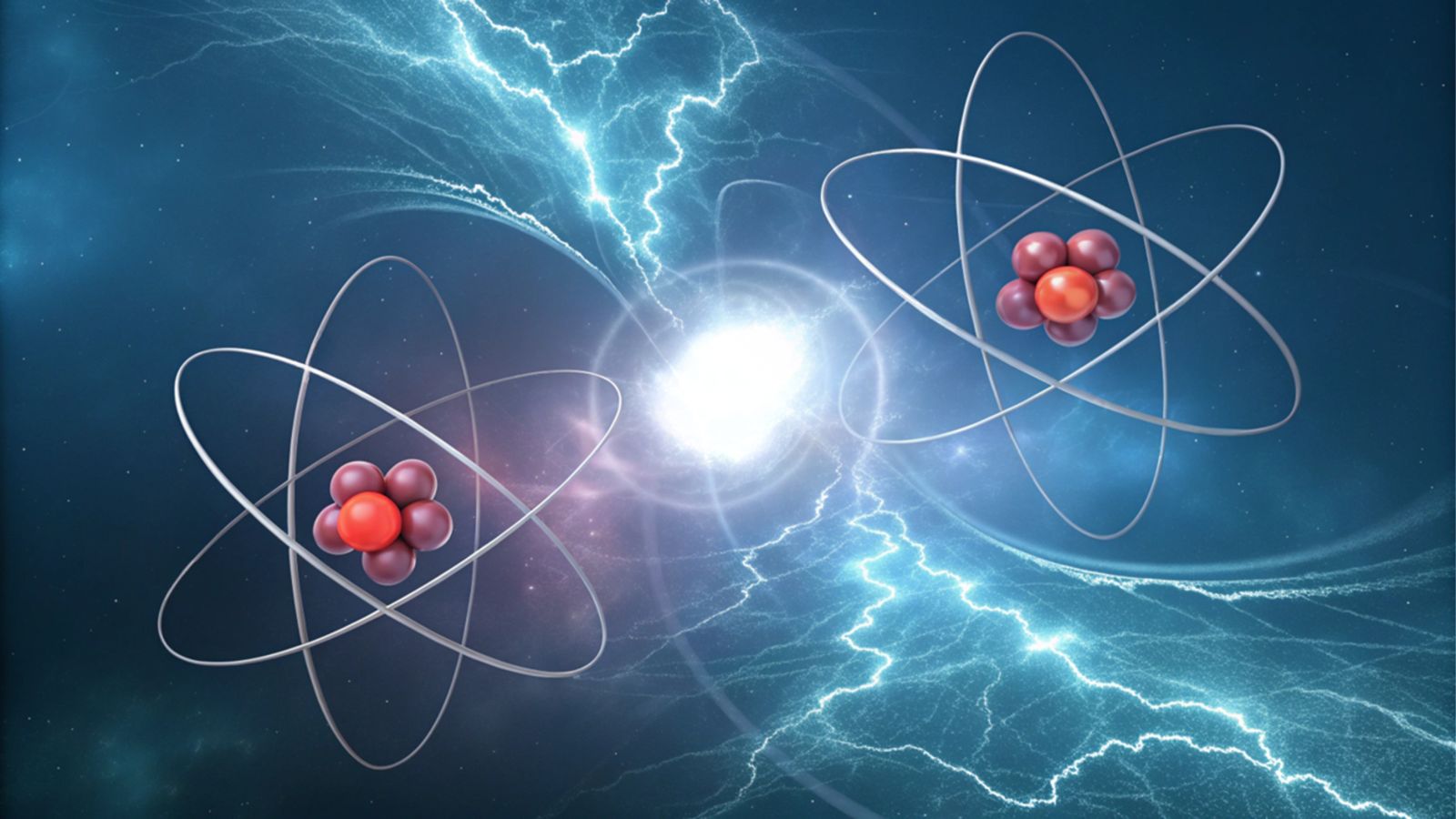Follow us on Google News (click on ☆)
Unlike macroscopic objects, atoms do not have a defined surface. Their structure, composed of a nucleus surrounded by a cloud of electrons, makes it difficult to determine a precise point of contact. According to Christopher Baird, a physicist at West Texas A&M University, atomic "touching" should rather be considered as an interaction causing physical or chemical effects.

The electrons, in constant motion around the nucleus, create a fuzzy zone where atoms can overlap. It is this superposition that allows the formation of chemical bonds, an essential phenomenon for the cohesion of matter. Thus, atomic "touching" is more a question of interaction than physical proximity.
The forces at play in these interactions are multiple: electromagnetism, gravity... In solids and liquids, atoms bond chemically, while in gases, they collide randomly. These varied mechanisms illustrate the diversity of contacts at the atomic scale.
Under extreme conditions, such as those recreated at the Large Hadron Collider (LHC) at CERN, atomic collisions can even give rise to new subatomic particles. These experiments reproduce phenomena similar to those that occurred shortly after the Big Bang, offering a glimpse into the origins of the Universe.
Ultimately, although atoms do not "touch" in the traditional sense, their interactions are the basis of everything around us. Without these invisible contacts, matter could not maintain its structure, and chemical reactions, vibrations, or even heat would not exist.
What is quantum mechanics?
Quantum mechanics is a fundamental theory that describes the behavior of particles at the atomic and subatomic scale. It differs radically from classical physics, as it introduces concepts like wave-particle duality and the uncertainty principle. These discoveries have revolutionized our understanding of matter and energy.
One of the key features of quantum mechanics is the notion of superposition. A particle can exist in multiple states simultaneously until a measurement is made. This phenomenon is illustrated by the famous thought experiment of Schrödinger's cat, which shows the counterintuitive nature of this theory.
Another fundamental principle is quantum entanglement, where two particles can become linked in such a way that the state of one instantly influences the other, even at a great distance. Albert Einstein called this phenomenon "spooky action at a distance," but it has been confirmed by numerous experiments.
Quantum mechanics has practical applications in fields like quantum computing, cryptography, and advanced materials. It continues to pose profound questions about the nature of reality, pushing scientists to rethink the very foundations of physics.